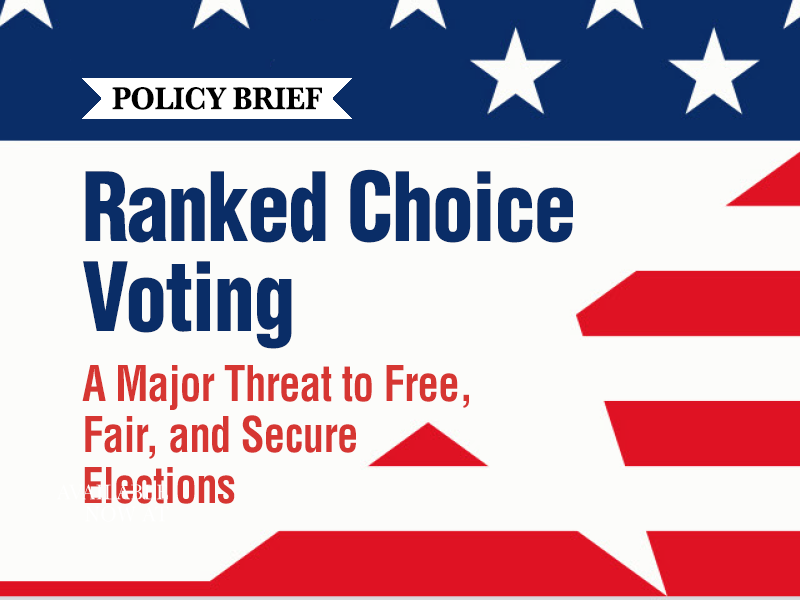Millions of Americans suffer and even die each year because they lack access to the most effective medications needed to treat their ailments. A principal bottleneck to getting drugs to such patients is the U.S. Food and Drug Administration (FDA). That government agency is required by law to certify the safety and efficacy of all drugs before they can be made widely available to patients, and it often fails to make treatments available in a timely manner, leaving countless patients suffering while they wait for government approval. It currently takes on average 10 to 12 years and as much as $2.6 billion to bring a new treatment from the research lab to patients—and much of that time is spent satisfying government requirements.
However, more than two decades ago, FDA began to make some significant, albeit limited, reforms. The AIDS/HIV epidemic, which began in the early 1980s, had afflicted hundreds of thousands of people by 1992. Tens of thousands were dying each year. For sufferers, waiting for pharmaceutical companies to complete FDA’s years-long process to approve new treatments was not an option. Patients and activists pushed for change, and as a result, an alternative “parallel track” was devised that allowed AIDS/HIV sufferers to more quickly have access to treatments that saved and extended lives and offered drug developers an added incentive to invest in new treatments.
Despite general reforms instituted in the years that followed, FDA continues to operate inefficiently, as evidenced by the still-lengthy wait times required for certification and the ever-increasing costs of new drugs. When the parallel track was created for AIDS/HIV treatments, many sought to have the same option extended to help those suffering with other ailments. Federal policymakers, however, chose not to do so. Instead, they created partial measures that only applied in very specific situations but did not offer the more open and innovative approach of parallel track. After AIDS/HIV treatments were quickly developed and approved—thanks in large part to the pressure from patients and reform advocates—the parallel track option was not used again for a number of reasons, including the fact that it did not go far enough.
Hundreds of thousands are afflicted with a long list of debilitating diseases—Alzheimer’s, ALS, Parkinson’s, cancers of various kinds—with tens of thousands dying each year. Patients suffering from these diseases, along with their families, friends, and caretakers, are right to ask why a quicker, more streamlined process similar to parallel track is not available to them as well.
The political will is emerging to create a drug approval system that will offer an opportunity to expedite access to potentially life-changing, life-saving drugs and treatments. President Donald Trump has called for a major
commitment to eliminating AIDS/HIV and childhood cancer. Members of both parties are looking for ways to contain rising drug prices. Meeting these important goals will not require increasing the size of the federal budget. Instead, there must be a substantial decrease in the number of federal regulations.
This Policy Brief will outline the need to speed up treatments and cures for these and other diseases, which is as critical now as the need to facilitate the development and delivery of medications for AIDS/HIV sufferers was three decades ago. Further, it will show the best option is to enact Free to Choose Medicine, which would take the AIDS/HIV parallel track option much further, helping to usher in a truly golden age of medicine and innovative cures.




